General Election of 1906; Few elections in the 20th century can claim to be as significant as 1906. In this year, the Liberal Party won a massive 400-seat triumph, rendering the divided and unpopular Conservative Party to their lowest ever number of seats. Yet as the Liberals saw the highest of highs, they could never know how their collaboration with a certain new third party would sign the party’s death warrant in the commercial mainstream of UK politics.
Background; General Election of 1906
The 1900 election was fairly remarkable and straightforward as the major parties stayed pretty much exactly as they had been beforehand; the Liberals winning six seats, the Conservatives losing nine. The Conservatives remained with 400+ seats, a clear majority compared to the Liberals who had less than half of that amount.
Yet, in the six years since the last election, prospects had changed for the Liberals.
The Boer War; General Election of 1906
“Methods of Barbarism”
In 1900, the Boer War helped the Conservatives but it had the opposite effect by the 1906 election.
The Boer War seemed to be coming to a speedy conclusion in 1900 but few could have predicted that it would last nearly another two years.
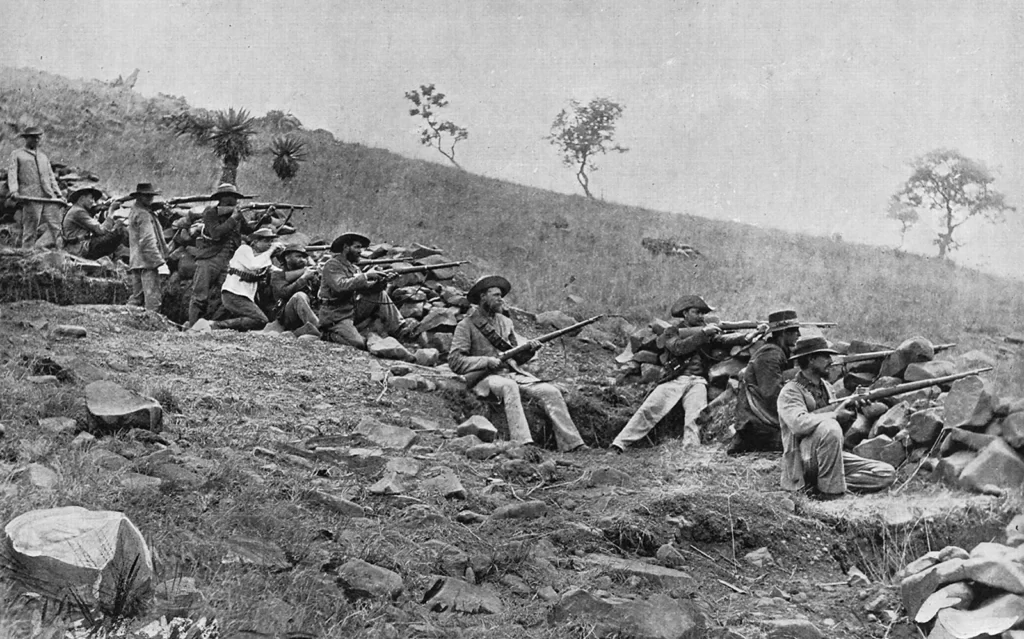
One of the largest issues was the inhumane strategy used by British soldiers against Boers. A dark and largely unspoken of time in British history, the use of these camps highlighted the murky underbelly of British imperialism to the British public. One account on the website New Zealand History tells of the scale of horror and savagery: “Due to their hasty conception and the difficulties of accommodating a displaced population, the camps offered the bare minimum in terms of housing and supplies, with many internees forced to live in tents. There were two scales of rations – less for those whose menfolk were still fighting. Overcrowding and unsanitary conditions soon led to outbreaks of disease, with typhoid, malaria, measles and dysentery becoming rife…Between 18,000 and 28,000 Boers died, 80% of them children.
“The British did not bother to keep records for native Africans housed in camps, but it is believed that their death toll was similar to that of the Boers.” McGill University notes: “In all, about 25% of the Boer inmates and 12% of the black African ones died (although recent research suggests that the black African deaths were underestimated and may have actually been around 20,000).”
The issue was largely bought to public attention by the campaigner and activist Emily Hobhouse, whose message of the horrific conditions in South Africa were furthered in print in newspapers such as The Manchester Guardian (the processor to The Guardian), once of the only papers outspoken against the war. A later friend of Gandhi’s, Hobshouse would create the Distress Fund for South African Women and Children, being blocked from South Africa by Commander-in-Chief Lord Kitchener, who invoked martial law provisions.
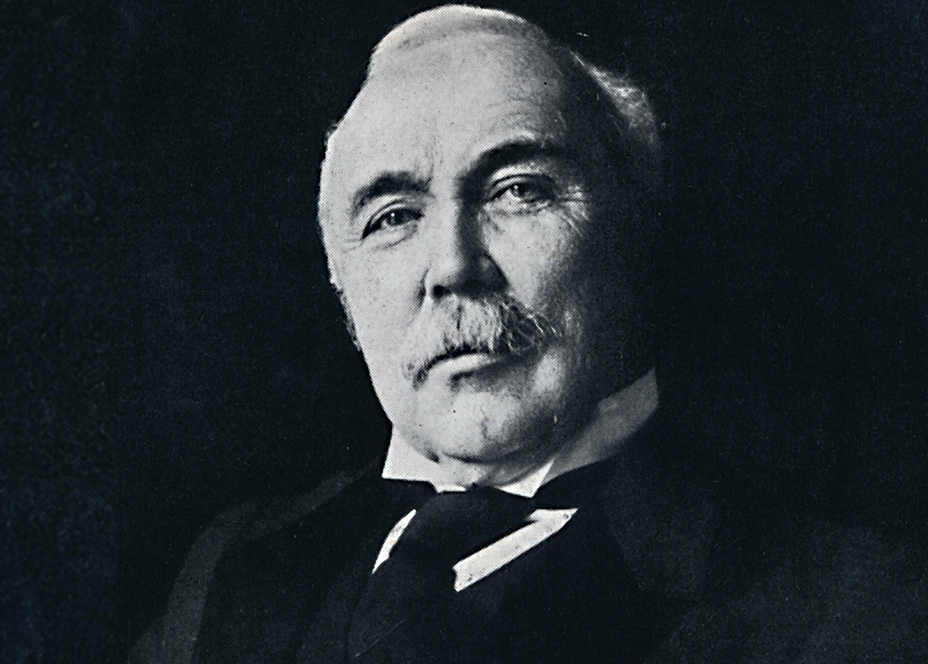
Scorched earth tactics had also been employed, including burning crops and killing livestock whilst Boer properties were destroyed. South African History Online documents that “30,000 Boer farmhouses and more than 40 towns were destroyed.”
Hobhouse’s decry led to the Fawcett Commission – led by future Suffragist leader Milicent Fawcett – which determined a lack of hygiene being responsible for the vast amount of deaths, after which the High Commissioner in South Africa Alfred Milner was told by Colonial Secretary Joseph Chamberlain to ensure “all possible steps are being taken to reduce the rate of mortality.”
The sheer brutality of the incident was quickly utilised by the Liberals. Leader of the Opposition Henry Campbell-Bannerman infamously described the Army’s actions as “methods of barbarism.” Meanwhile, member of the Stop the War Committee David Lloyd George remarked: “We have now taken to killing babies.” Although the Liberals had been split over the Boer War, what united them was an opposition to the brutality of the British towards the Boers.
This message also reached the broader public, including opposition from writers such as G.K. Chesterton in Heretics (1905).
Sympathies were most expressed by Irish Catholics, with nationalists having a shared opposition to British imperialism, whilst it irked the morals of many Nonconformists – themselves the backbone of the Liberal Party.
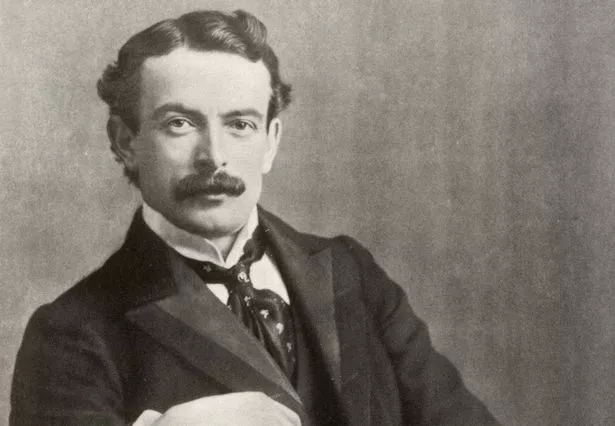
Although international forces kept themselves restrained from the conflict, global powers were largely sympathetic to the Boers, who were seen as heroic freedom fighters. Germany’s Wilhelm II, for example, supported the Boers despite the claims he would make to The Daily Telegraph in 1908.
In the words of the book Britain in the 20th Century, “The brutality employed…took the sheen off the glittering façade of Empire, a cause which had served the Conservative Party very well in general elections since Disraeli’s success in 1874.”
Chinese Labour; General Election of 1906
If the treatment of Boers was met with contempt, the use of Chinese labour in South Africa only served to exacerbate the public’s disapproval of the UK government.
After the Boer War ended, the British were in need of workers in the gold mines, finding themselves with a workers shortage of well over 100,000 workers. Resorting to finding the cheapest and most compliant labour possible, over 50,000 Chinese workers (known as ‘coolies’) were imported to work in the mines from 1904.
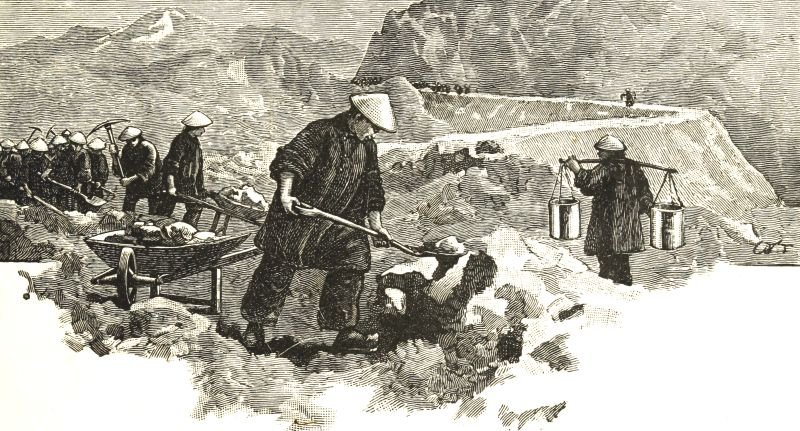
A piece from the time in The Glasgow Herald titled “Chinese Labour in the Transvaal” noted: “The China-man was the tool desired by the capitalists to free them from the restraint of any labour control.” The same article notes that after adjustments were made, there were ‘only’ 40 deaths per 1,000.
Scott C. Spencer of the University of Virginia describes the conditions in which these miners worked, working under the Trasvaal Ordinance of 1904: “They could not leave the mining premises without permission, had little legal protection from the mine-owners, could not interact with local society, and had to return immediately to China after their contracts ended. The local government considered them criminals if found outside their mining camps.”
G.R. Searle notes in his book A New England?: Peace and War 1886-1918 that flogging took place, an illegal act given the go-ahead by Milner, which provoked anger from prime minister Arthur Balfour. Milner himself remarked in a House of Commons debate in 1904 that “The life of a Chinese indentured labourer will be a paradise to what some of our own fellow-citizens go through.”
That said, not all backlash over Chinese labour was entirely for sympathetic reasons, with some reasons for public opposition more self-serving and even xenophobic.
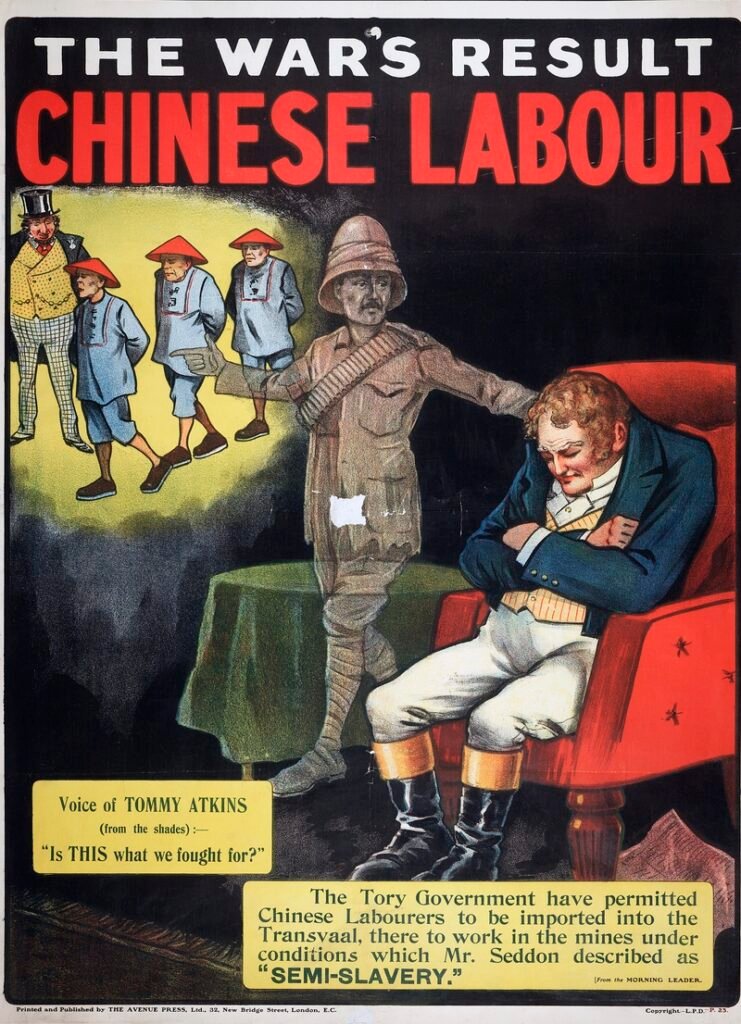
During a time of ‘Yellow Peril’, there was a fear that this cheap labour could be imported into the UK. This was especially true during this era, with the concerns exacerbated by the fact that Britain was suffering large-scale working-class poverty and unemployment. The ‘Yellow Peril’ was only perpetuated by the newly-sensationalist newspapers which were taking the country by storm, such as The Daily Mail, which had a readership of over a million by 1902, making it the biggest in the world.
The Chinese community already had a bad reputation including in the capital, London, where they were largely concentrated in the East End. The press depicted the London Chinatown area as the zenith of drugs, white slavery, and a cesspit for vice and crime. It should be noted that by the turn of the century, including the works of anti-Chinese writers Houston Stewart Chamberlain in his 1899 book The Foundations of the Nineteenth Century and H.G. Wells in his first best-seller Anticipations of the Reaction of Mechanical and Scientific Progress upon Human Life and Thought.
Reynolds’s Newspaper referred to the Conservatives in the aftermath as the “pro-pigtail party.”
The most illustrative indicator of the outrage over the use of Chinese workers took place in March 1904 when 80,000 protestors gathered at Hyde Park. The San Francisco Call notes that many of those protesting had anti-slavery banners. According to Color, Confusion, and Concessions: The History of the Chinese in South Africa by Melania Yap and Dainme Leong Man, the Parliamentary Committee of the Trade Union Congress declared: “This meeting consisting of all classes of citizens of London, emphatically protests against the action of the Government in granting permission to import into South Africa indentured Chinese labour under conditions of slavery.”
General Election of 1906; Economical and Social Consequences
The war was not just reviled for its treatment of Boers but other reasons too. One of them was the cost. The war cost £200 million, which the Royal Hampshire Regiment equates to £22 billion in 2015 (£31 billion in 2023, according to the online Inflation Calculator. History Today writes: “With in excess of £200 million expended on the war and a British death toll of 22,000, the conflict was, both in human and financial terms, by far the costliest that Britain had undertaken between 1815 and 1914.”
The war also served to show the misplaced confidence in the Army. It was discovered that 40% of the military were unfit for combat, with regions like Manchester seeing 8,000 of the 1,000 applicants rejected. On top of a woeful display of military ‘might’, disease was widespread, with many contracting rickets and other illnesses.
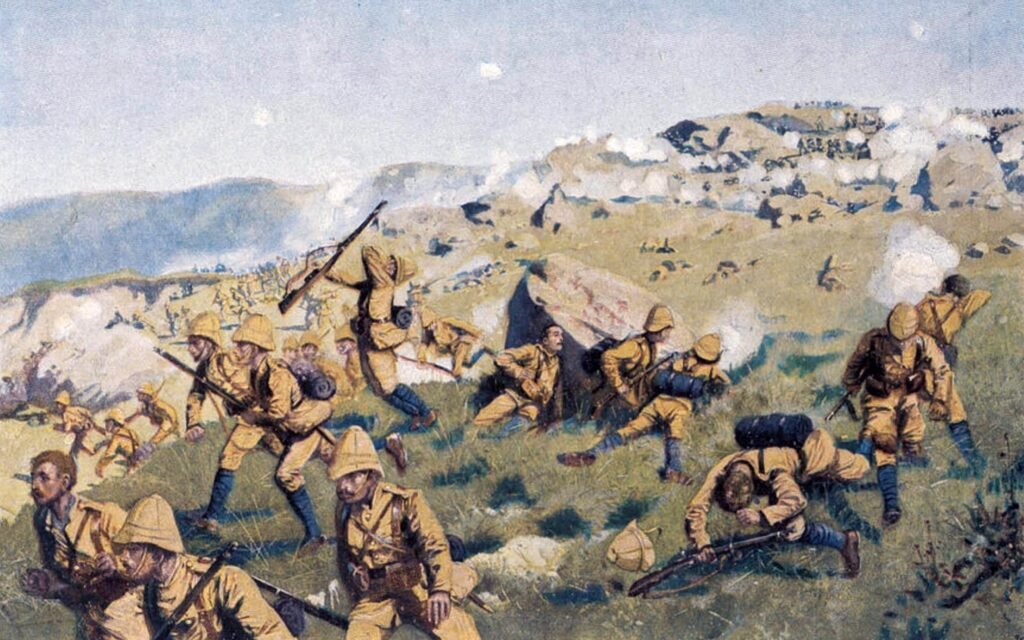
Author Michael Lynch commented: “Britain’s inhumane strategy against Boer civilians, added to the fact that it took the might of the British imperial army three long years to overcome an outnumbered and outgunned group of farmers”, the British had 250,000, the Boer forces had below 50,000 at a time, “caused embarrassment at home and aroused ridicule abroad.”
The poet Rudyard Kipling made an emphatic comment, stating the war provided “no end of a lesson” for Britain.
Tariff Reform; General Election of 1906
Many may look to Joseph Chamberlain as the gravedigger of pre-war Conservativism in the UK due to his departure from the government over the issue of tariff reform. As was later claimed of him by Winston Churchill, Chamberlain truly did “ma[k]e the weather” in the case of the 1906 election.
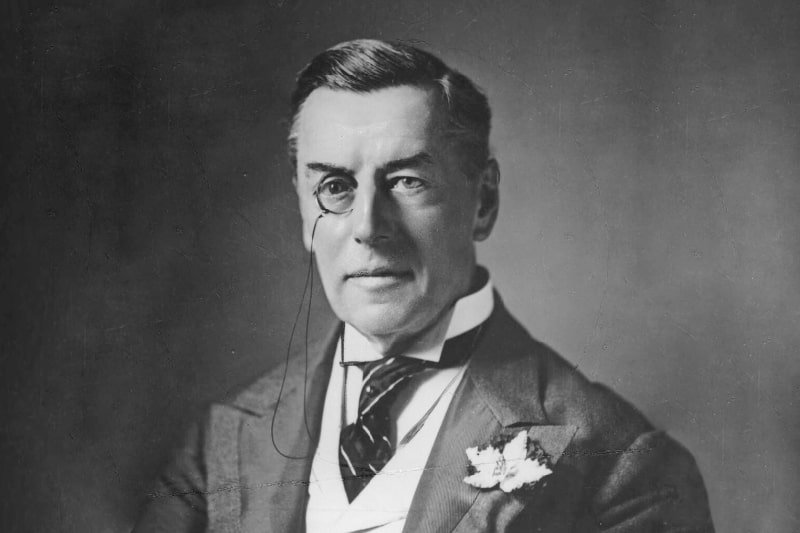
The ex-Liberal Chamberlain (father of Neville) had resigned from Gladstone’s ministry in 1886, identifying himself as a Liberal Unionist, a group that were associated with the Conservative Party.
On May 15th 1903, Chamberlain made his historic speech in Birmingham, one that Andrew Marr in The Making of Modern Britain referred to as an issue that would “tear this country in two.” At the event, Chamberlain discussed the “tremendous issue” of the British empire, proposing what he promoted as an entirely new idea in the United Kingdom: tariff reform.
Joe later remarked of tariff reform: “The Tariff Reformers…believe that by recovering our freedom of action, and by re-arming ourselves with the weapon of a moderate tariff, we may still defend our home market against unfair competition, and may, at the same time, secure a modification of foreign tariffs which would open the way to a fairer exchange of our respective products than we have hitherto been able to obtain.”
Tariff reform saw Chamberlain campaigning for taxes on imports to further Britain’s trading position and revenue, meanwhile promoting discounts for items for British colonies, known as ‘imperial preference’. Another aspect was the tariffs in the rapidly developing Germany and the USA, two industrial powers who were prized to flourish and far surpass Britain in the 20th century.
Biographer James Garvin notes: “his hope — implied though not asserted — was that all the Colonies would emulate Canada’s example in giving a special tariff preference to the mother country.”
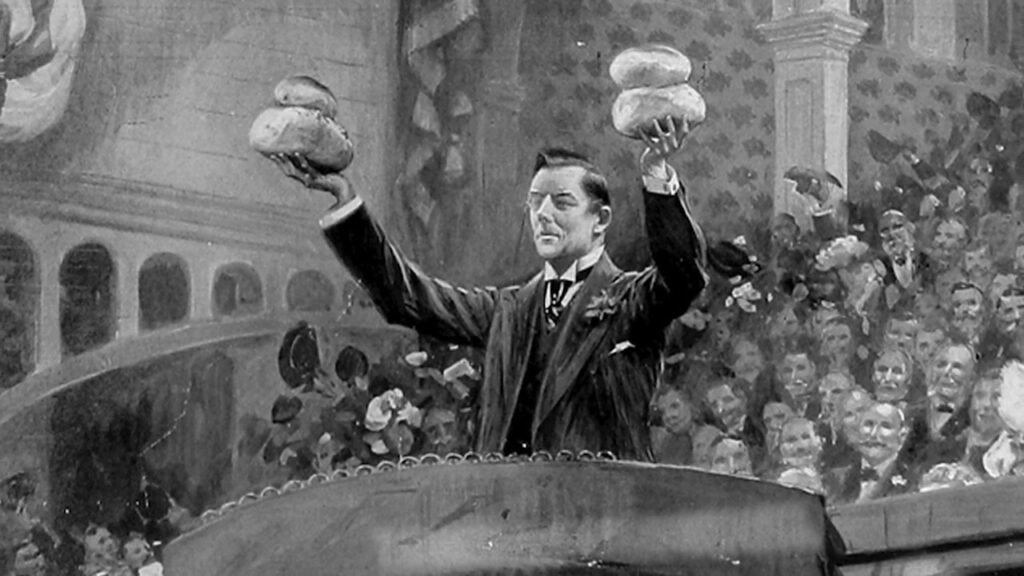
Arguing for the build of a great British Empire trade wall, Chamberlain wanted to use the additional profits gained at home. The profits would be put to use in creating old age pensions, one of very few members of the Conservative Party to raise the subject.
Chamberlain, alongside several other ministers, left the government to advocate for tariffs. Chamberlain became a leading figure of the Tariff Reform League, noted by Andrew S. Thompson of the University of Leeds as “by far the most influential organisation in the tariff lobby.” Meanwhile, he openly criticised prime minister Balfour, referring to him as “the lamest man [to] govern the march of an army.”
General Election of 1906; Conservative Unpopularity/Liberal Manipulation
The move would deeply divide the Conservative party with Balfour stuck in the middle of two warring factions. The move has been described as an act of self-immolation, with Joe “working his dark magic”, in the words of Andrew Marr, to destroy the Tory Party from inside, much in the same he had done with the Liberals two decades prior.
A “sober admirer” of free trade, Chamberlain’s tariff ideas were a factor pushing Winston Churchill away from the Conservative Party. Chamberlain had brought the tariff issue to the centre of the political stage; for the party, it was devastating, and it was unavoidable.
Contrastingly, the very issue which had torn apart the Tories had united a then-divided Liberal Party.
After hearing Chamberlain’s 1906 Birmingham speech, H. H. Asquith is said to have remarked: “Wonderful news today as it is only a question of time when we shall sweep the country.” During the same period, Asquith was making a name for himself as an ardent opponent of “Radical Joe”.
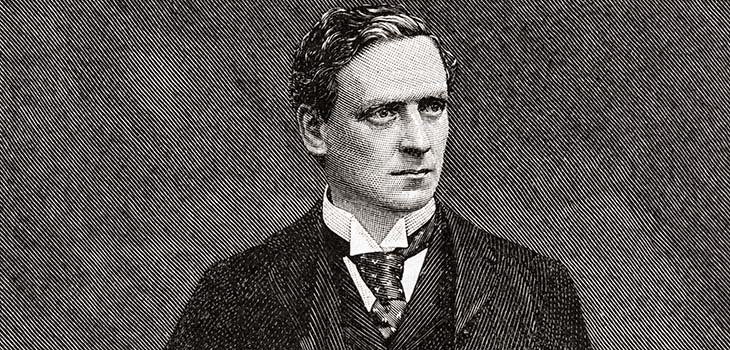
Much of the Liberal campaign surrounded free trade.
The Liberals framed Tariff Reform as something that would harshly affect the urban, working poor. As such, the Liberal Party ran a campaign of “Big Loaf” under Liberal control and “Little Loaf” under the Tories, with price hikes on food imported into the country. One attack ad had an image of the Chancellor Austen Chamberlain with the text “I mustn’t’ have your loaf? Then I’ll have your teapot, just as I’ve had your sugar-basin!” For its presumed impact on prices, his ideas were termed “stomach taxes.”
Historian Robert Pearce comments: “A Liberal poster campaign showing two loaves – the one bought under protection being much smaller – was particularly effective. The price of bread would indeed have gone up, since much of Britain’s wheat was imported from the United States.”
This message was widespread through mass publication. The Liberal Publication Department issued 25 million leaflets and books. At the time, the electorate was only 7 million.
The press caught on, with some wholeheartedly backing free trade.
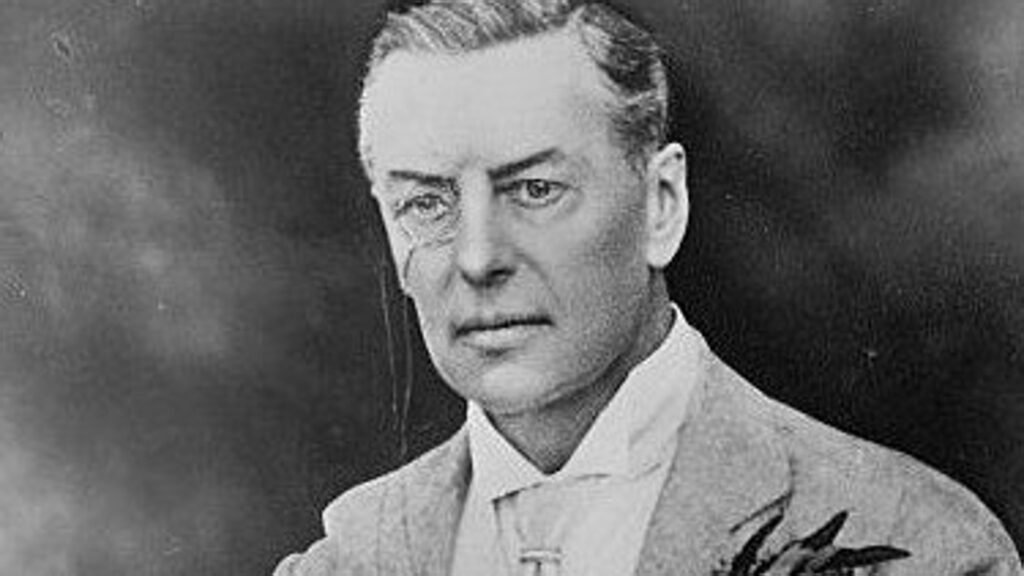
The Daily Express employed a young P.G. Wodehouse to write the memorable refrain: “your food will cost you more.” This was even despite the paper’s and Wodehouse’s own apparent pro-tariff reform beliefs.
John Strachey, the editor of The Spectator wrote: “It is the duty of all who care for Free trade, who believe in the principle of tariff for revenue, and who do not imagine that a tax can be converted into a money-making machine, or that a country can be rendered richer by increasing the cost of living to its inhabitants, to oppose Mr. Balfour’s Administration, and to force it to resign office and appeal to the country without delay.”
Strachey was also written to by President Roosevelt. He was an advocate of free trade, writing to say he believed tariff reform would be damaging to the UK although this was not expressed publicly at the time.
The Spectator noted that “the election was fought and won on the issue of free trade is beyond dispute.”
Other Unpopular Conservative Policies
It is easy to forget that at the time of the election, the Liberal Party had been in government for a month. In December 1905, the Conservatives fell as the Liberals took over, in the last change of Britain’s governing party not precipitated by a general election. The 1906 election was in part to earn a mandate on overturning previous unpopular Conservative policies.
Education Act 1902
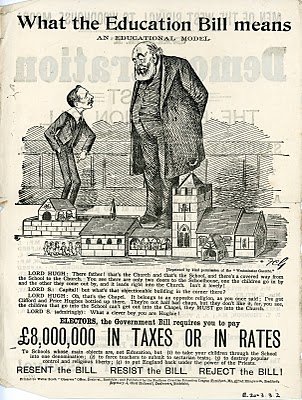
Once the bill passed, the backlash was immense and rather immediate. In late 1902, large-scale protests against the Act were held, including 70,000 gathering for a rally on Woodhouse Moor in Leeds and 20,000 people packing Alexandra Palace in London.
One of the most controversial pieces of legislation was the 1902 Education Act which abolished school boards in England and Wales, giving local authorities (under the control of county councils) influence over primary school education.
The Act too was seen as giving religion – specifically the Church of England – greater involvement and profile in education, with Anglican schools getting state funding. This was naturally something that was opposed by the Liberals who, mostly composed of Nonconformists, favoured a more secular system of education. It was seen as a reactionary Act of Parliament to dilute the 1870 Act introduced under Gladstone with the 1902 Act aiming to, in the words of Kevin Manton, “buttress the control of education by religious groups.”
One of the leading Liberal figures opposing the bill was John Clifford. The ex-Stop The War Committee (referenced in the previous piece of this series) during the Boer War, he opposed stipulations such as sectarian school teachers being subject to religious tests and the support of teaching religious views not believed by all. Clifford supported passive resistance to the move, encouraging citizens to not pay the education rates. He was not the only one opposed, with the likes of Lloyd George passionately opposed to the bill.
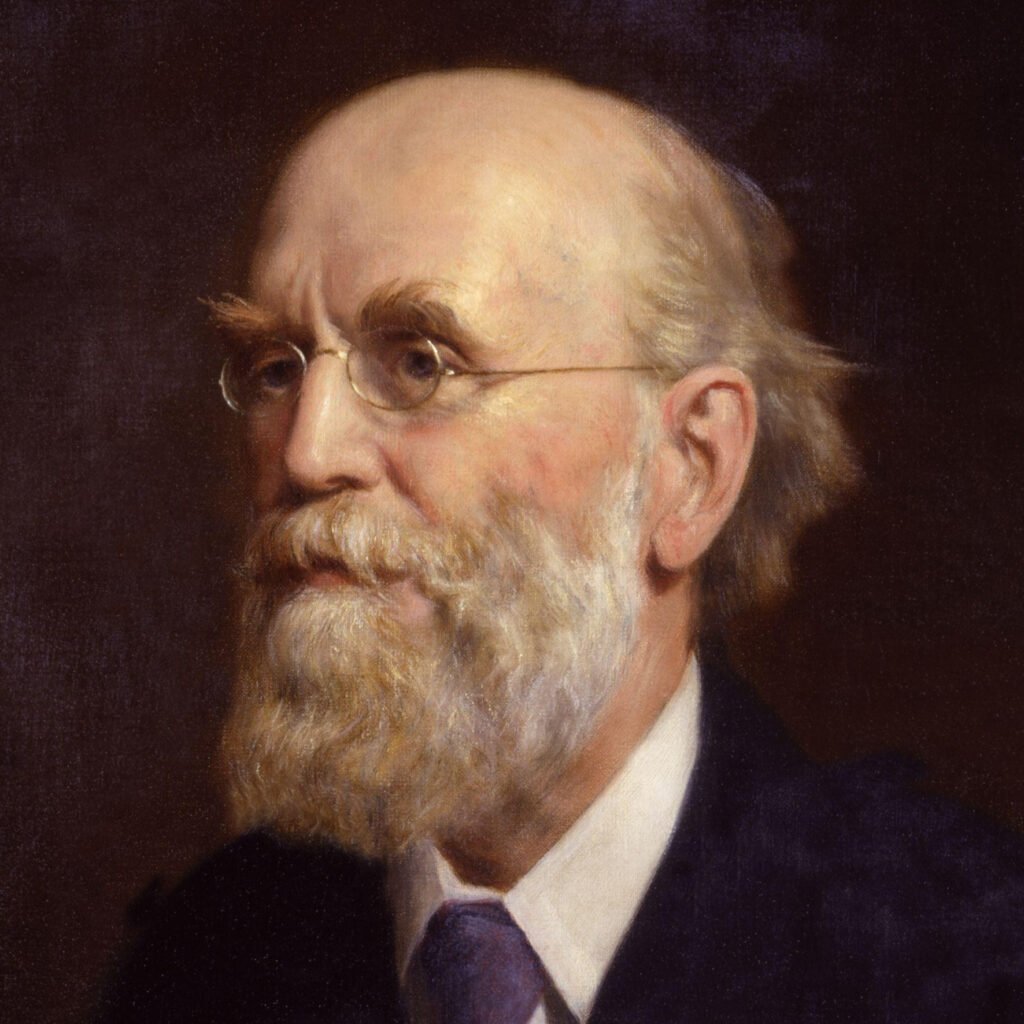
Even the Conservatives themselves were concerned over the bill. Chamberlain, himself a Unitarian, was said to be somewhat sceptical of the Act, stating later that it had transformed Nonconformists into active opponents. He stated: “I do not think that any seat where there is a strong Nonconformist electorate, can be considered as absolutely safe.”
Perhaps more worryingly for the government, the by-election losses in 1902 started to add up. In July, a by-election saw a 2,500-strong safe Conservative seat in Leeds fall, whilst Orkney and Shetland’s Conservative MP dropped from just over 50% of the vote in 1900 to under 15% in 1902.
Many have seen it as vital in leading middle-class Nonconformists to vote Liberal in 1906.
Aliens Act 1905
By 1905, Britain was home to an estimated 150,000 Jewish citizens, a number that had tripled over the previous 25 years. As a result, the Balfour government started to commerce moving forward with the Aliens Act, which would have restricted eastern European immigration.
The issue was attacked by various MPs including by the rising Labour Party. All four Labour Representation Committee MPs voted against the bill whilst the following year, future leader Ramsay MacDonald accused the government of committing “serious breaches of the honourable historical tradition of this country,” in the bill. It was seen as a large injustice to those seeking refuge in the country by the party.
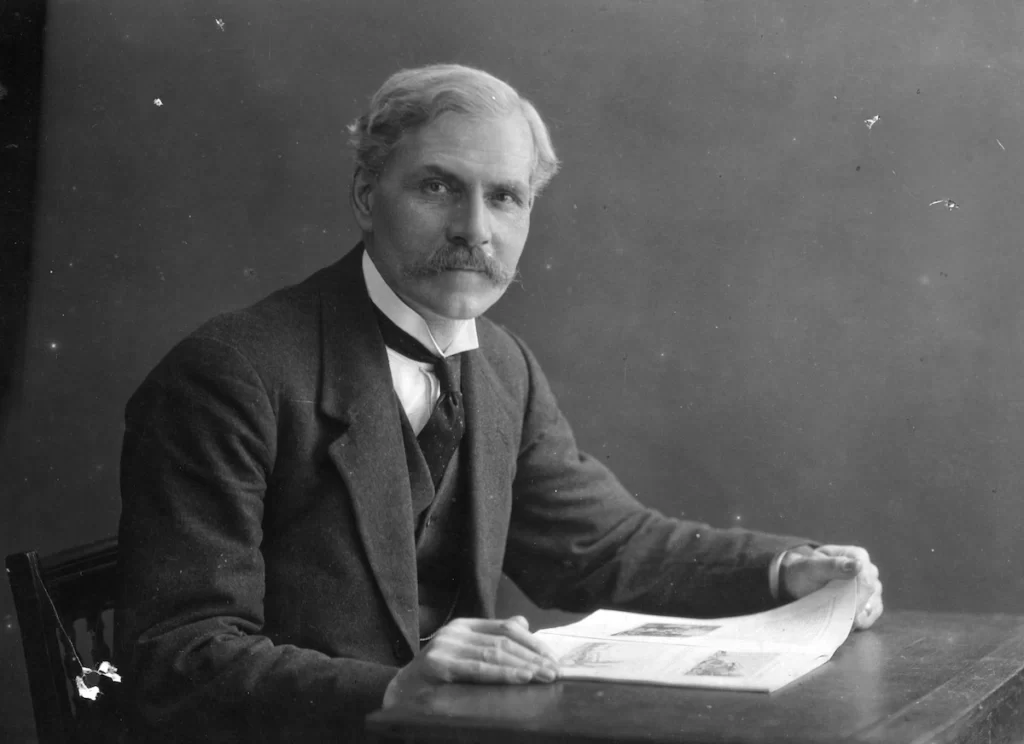
In the piece British Labour Party’s Patriotic Politics on Immigration and Race, 1900-1968, Eunjae Park notes that “at the turn of the twentith century, a patriotic appeal of liberty, tolerance, and an open-door, that was shared with the Liberals, was adopted as a weapon to fight the first modern immigration restriction: the 1905 Aliens Act.”
Even the Conservatives’s Winston Churchill spoke in the House of Commons against the bill in May 1904; by the end of the month, he had defected.
Licensing Act 1904
Although, perhaps like the Education Act, now seen as a success, the Licensing Act 1904 in its own time saw some opposition having a bone to contend with the legislation.
Introduced to regulate the sale and consumption of liquor, part of the Act was condemned for providing generous compensation for those brewers and landlords who were to lose licenses.
Yet in a time of such prominent temperance (tee-total, anti-alcohol) movements, this was frowned upon. The Salvation Army had been of the view that drink had could increased poverty, hardship, and suffering.
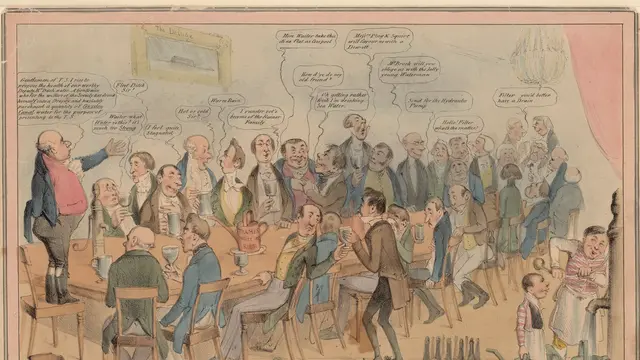
Moreover, groups such as the Congregational Total Abstinence Association was formed in 1874 and grew in influence over the following decades. By 1904, the year of the Act, 2,500 of 3,000 Congregational ministers were total abstainers.
Paul Jennings, writing in The Local Historian noted how “Temperance opinion, and most Liberals, still found the idea of compensation anathema.”
New Liberalism
By 1906, the Liberal Party had promised a certain level of political reform. In contrast to Gladstonian Liberalism which promoted a laissez-faire economic outlook and social self-help, the party was now promoting social liberalism.
Although little explicit mention was made of social policies in their 1906 manifesto, there were flag-wavers within the party, the poster boy of which was probably David Lloyd George.
On social reforms, George commented: “I cannot help hoping and believing that before this generation has passed away, we shall have advanced a great step towards that good time, when poverty and the wretchedness and human degradation which always follow in its camp, will be as remote to the people of this country as the wolves which once infested its forests.”
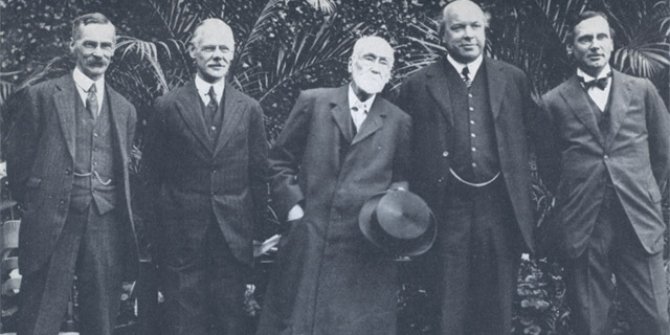
One of the big influences on the Liberals was the studies around the UK by Booth and Rowntree, exposing the state of poverty within Britain.
Booth’s study of London exposed the true state of poverty in London. Sceptical of the present data, Booth sought to seek out the truth of the scale of poverty in England’s capital, which he did over a 17-year period. What he found shocked him and the public. In one of his reports, he noted: “few of the 200 families who lived there occupied more than one room. 15 rooms out of 20 were filthy to the last degree. Not a room was free of vermin (mice or lice). The little yard at the back was only sufficient for a dust bin, toilet, and water tap, which served 7 families.”
He found that 30% of those living in London were below the poverty line.
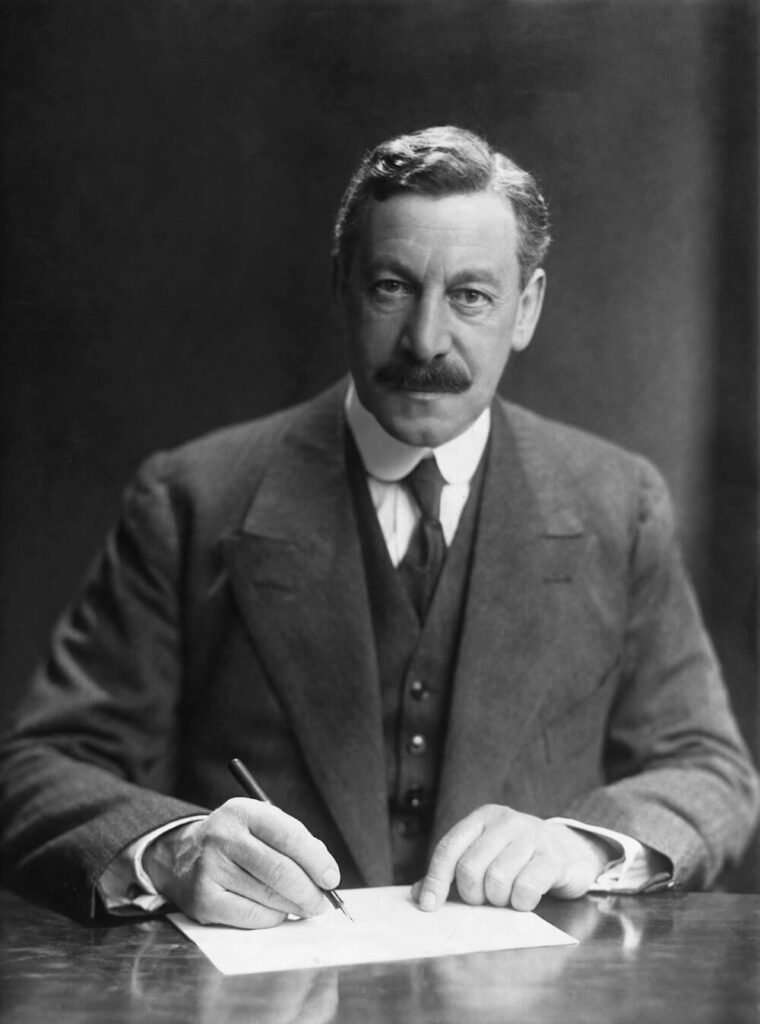
Rowntree, a member of the chocolate-making family, conducted his research with over 46,000 individuals in York. Rowntree found there were similar levels of poverty in York, showing how universal an issue poverty was across the country. In York, a quarter of all children in slums died before the age of one. Rowntree also established the idea of primary poverty, where poverty was not caused by idleness or their own fault – as many thought – but natural factors such as through a lack of pay.
These reports altered the public perception of poverty, with Booth advocating for old age pensions as a counter to such grave conditions throughout the country.
Meanwhile, New Liberals such as Herbert Samuel have credited thinkers such as T.H. Green as influential in converting the Liberals ideology.
Of the 1906 Liberal intake, 69% stated the need for pensions or reform of the poor law.
The Liberal view of social intervention and aid only grew after 1906, as will be discussed in the next piece.
Taff Vale
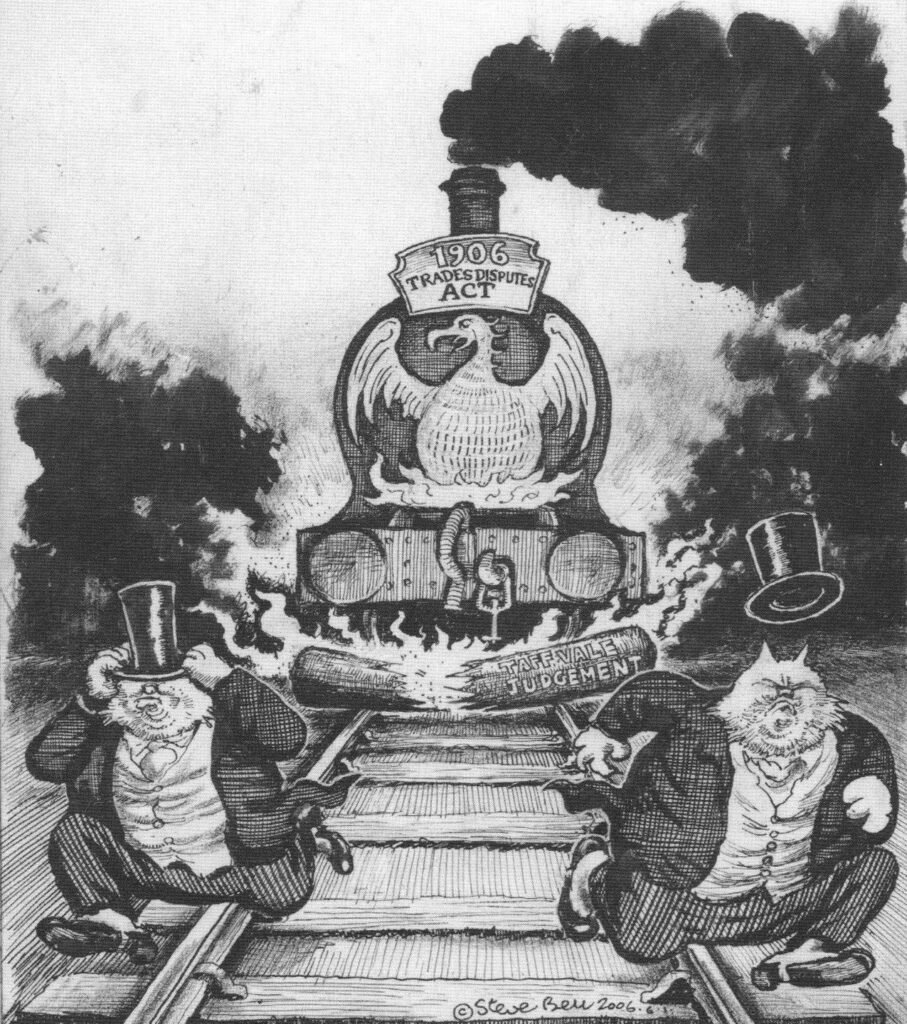
The 1900 election was the first contested by the Labour Representation Committee, which won two seats. Yet a huge bolster for the group came in 1901 with the Taff Vale judgement, which make unions liable to the financial costs of their strikes.
In an act of rebellion after a worker had been forced to move to a different station after repeated requests for higher pay, the Amalgamated Society of Railway Servants union sabotaged the railway’s operations, uncoupling carriages and greasing up the tracks. The railway backed down to the union’s demands.
Yet, the Taff Vale Railway Company took the matter to the Law Lords – the official highest court in the UK prior to the creation of the Supreme Court.
The Court ruled that the unions had been irresponsible and dangerous in their actions, potentially causing damage and thus liable to pay the costs. The Lords ordered over £40,000.
The decision has since been referred to by Stanley Baldwin as starting a class war, with the Conservatives not overturning the Lords findings.
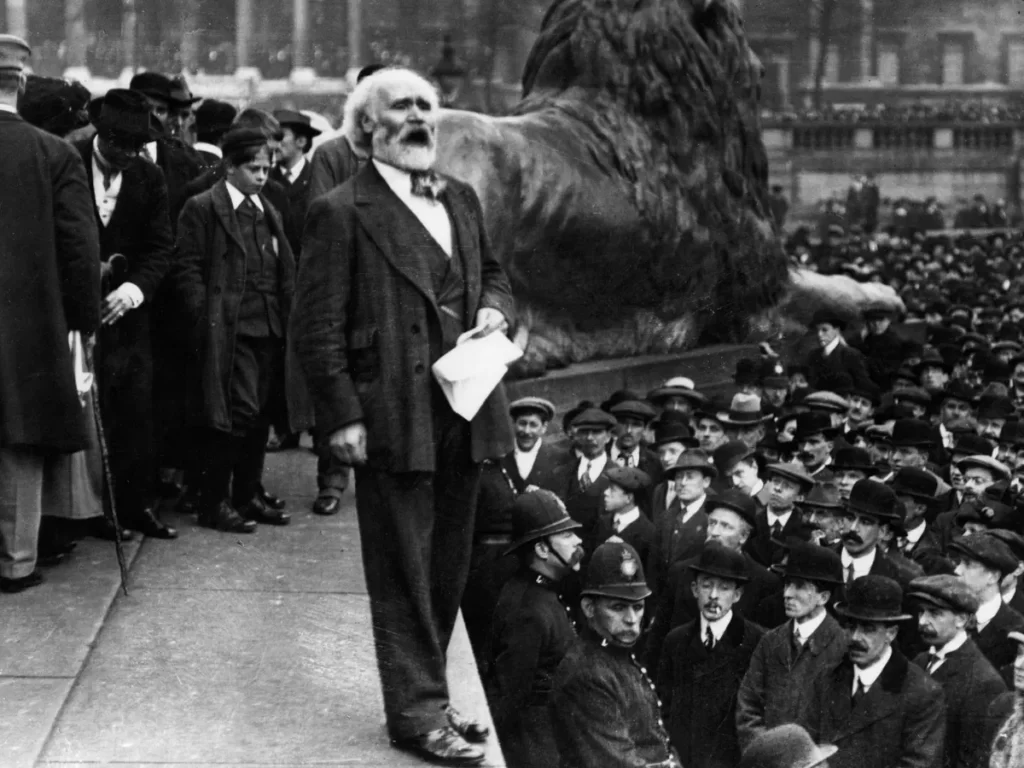
Trade union membership rose drastically in the aftermath, as more unions flocked behind the LRC, the party most likely to defend union rights. In 1901, membership was 350,000 but had risen to nearly a million by 1904, figures echoed at the 1904 LRC conference in Bradford. The Socialist History Society notes that by 1904, there were 165 unions affiliated with the party.
Considering that only 40,000 had voted Labour in 1900, the LRC was clearly a rising force electorally, even if the main support base of the LRC, the working-class, were not yet subject to vote in the UK.
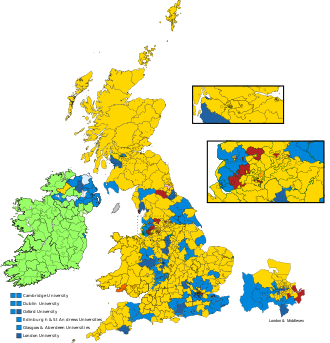
General Election of 1906; Results
The results were a cathartic loss for the Conservatives. According to Peter Marsh, Chamberlain was in a “sober mood,” and “expected a national defeat for the Unionists as heavy as either British party had suffered in his lifetime.”
Liberal Success
In a reversal of the 1900 election, the Liberals crushed the Conservatives, winning in the region of 400 seats, with differing sources estimating a few seats either side of this figure. This equated to 60% of Parliamentary seats. The Liberals had gained 1.2 million votes since 1900, nearly double of their 1900 performance.
Keep in mind that with the help of Labour and the Irish Parliamentary Party, the Liberals really had 500 seats, in effect a 350-seat majority.
Conservative Failure
The Conservatives lost nearly 250 seats. Winning only 156 seats, 1906 is the worst performance the Tories have ever had. A –7% swing took place in the country as the Conservatives were given the boot by the electorate.
A newspaper of the time stated that the free trade issue and the Chinese slavery threat were the biggest factors in the Conservative’s shoddy performance. G.R. Searle argues it was due to various policies causing widespread opposition to the government from different religions, classes, and ages.
Part of the reason was the fresh opposition. 100 Tories retired in 1906, perhaps knowing a candidacy was doomed to fail. In 1900, 163 Conservatives ran unopposed, a figure that shrunk to 4 in 1906.
General Election of 1906; Regional Results
Much like in 1997, the Conservatives were totally wiped out in Wales, whereas the Liberals won 32 seats.
The Glasgow Herald notes a similar Tory collapse in Scotland, where the Liberals picked up 58 out of 78 seats.
Perhaps more importantly however, the Liberals won 306 seats in England to the Conservatives 122, their first English majority since the Gladstone years, 1886 to be specific.
Various Tory safe seats fell whilst major cities and towns voted Liberal.
Dr Roy Douglas notes that Tory strongholds Bath and Exeter were conquered by the Liberals, as was Lancashire, turning to the Liberals when worried about possible raw cotton price rises. The Leeds Mercury declared: “Toryism annihilated in Leeds” and that ‘the commercial capital of Yorkshire, has triumphantly established its adherence to [the] principles of Free Trade,” whilst The Manchester Guardian wrote: “A candidate had only to be a Free-trader to get in, whether he was known or unknown, semi-Unionist or thorough Home Ruler, Protestant or Catholic, entertaining or dull.”
General Election of 1906; The Conservative Throw Out: Arthur Balfour
To quote one poster of the time, 1906 truly was a “Conservative Throw Out.”
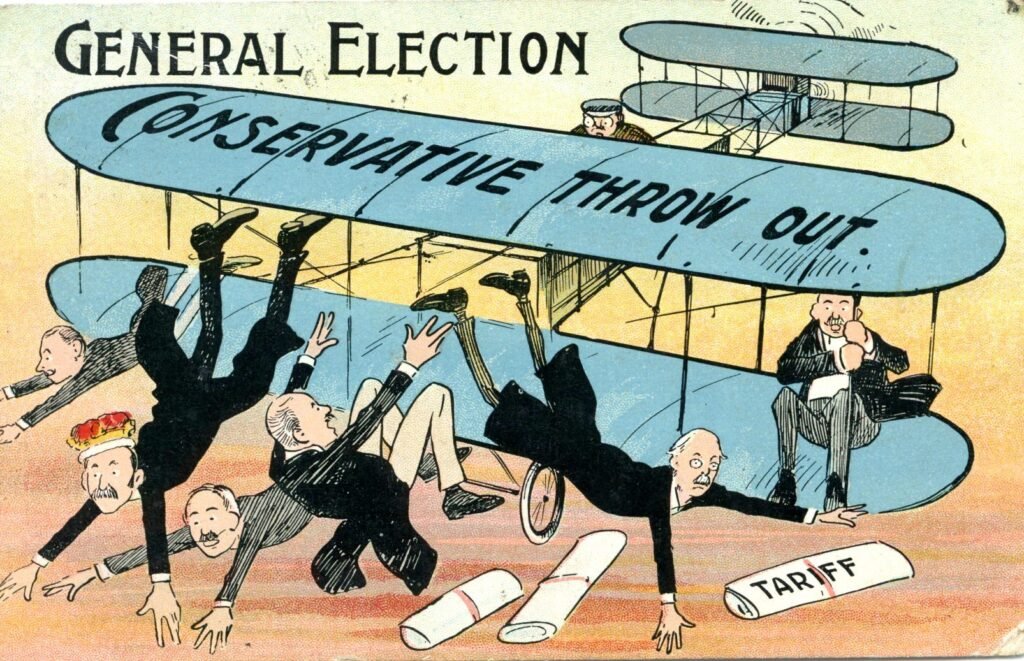
Only three of the serving members of the Conservative Cabinet until December kept a hold of their seat. The biggest loss was Arthur Balfour, who had been prime minister just the month previous!
Balfour’s Manchester East was a solid Conservative seat he had held since 1885. In 1900, Balfour won with 63% but in 1906, a 22.5% swing to the Liberals gave the seat to Thomas Horridge.
This is the only ever occasion of a sitting or ex-prime minister losing their seat.

Luckily for Balfour, the following month, a Conservative MP gave up his seat in the incredibly safe Tory seat of the City of London; Balfour won with nearly 80% of the vote.
In the interim, Chamberlain had taken over as the Conservative Party leader, begging the question of why he never took over.
After all, Balfour had been a “fudgy prime minister” in the words of Jack Brown, historian and lecturer of Politics at Kings College. Moreover, both party leaders were not really the face of their respective movements, evidenced by a fierce 1901 conflict in Birmingham between Lloyd George and Chamberlain in which the Welshman’s life was at risk. (As an aside, Bannerman, at 69, was the only serving prime minister who became PM whilst the oldest MP in the Commons.)

Chamberlain never would become the face of the Tory Party, suffering a stroke shortly after the 1906 election. In the words of Andrew Marr, he was: “condemned to a pitiful Parliamentary afterlife left lolling voiceless on the benches he had once commanded. The last great Victorian radical could only watch as the young century’s first great age of reform flared into life all around him.”
General Election of 1906; Gladstone-MacDonald Pact
In 1906, the LRC – soon to be renamed the Labour Party – won 30 seats (one independent Labour seat in Chester-le-Street), aided in part by a pact made in 1903.
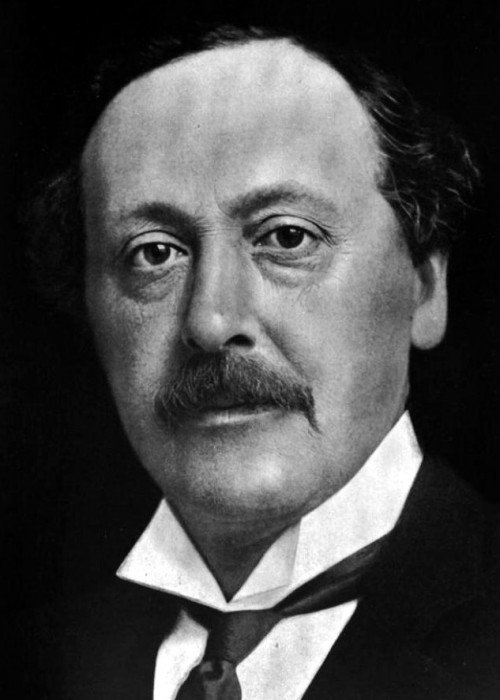
Part of a move to mutually benefit both sides and consolidate the Conservative losses, in 1903, the Gladstone-MacDonald Pact (named after LRC Secretary Ramsay MacDonald and Liberal Chief Whip Herbert Gladstone) – also known as the Lib-Lab Pact – was signed. In this, the Liberals and Labour agreed to stand down party candidates in constituencies where the other respective party stood a good or moderate chance of victory.
The historian Pugh highlights the significance of the pact, with 24 of the 29 elected LRC MPs running unopposed by the Liberals. Eric J Evans has described the pact as giving the LRC a “bridgehead in Parliament,” for the first time.
Although making a breakthrough and wielding some influence as shown by the passing of the Trade Disputes Act 1906, Labour were still heavily reliant on the Liberals if they wanted any semblance of power.
In the long-term, this can be seen as the Liberals unknowingly digging their own grave. In the words of Samantha Wolstencroft: “Few could have predicted that [less than] two decades later, this organisation would be in a position to form its first, albeit minority, government.”
General Election of 1906; Legacy
Allowing Liberal Policies
With a strong majority, the Liberals would be allowed to push through their number of reforms, having earned a resounding mandate for such. Up to 1910, this included free school for children under the Education (Provision of Meals) Act 1906, old age pensions under the Old-Age Pensions Act 1908, and unemployment relief through the Labour Exchanges Act 1909 amongst others. Inspired by the aforementioned Booth and Rowntree studies and Lloyd George’s visit to Germany to see the welfare state Von Bismarck had established. This Liberal government laid the blueprint for Britain’s welfare state.
General Election of 1906; The Suffrage Issue
Although women’s suffrage had been discussed as far back as 1832 by Henry Hunt – the first MP to call for female suffrage – with a more famous unsuccessful Second Reform Act 1867 amendment to include women by liberal philosopher John Stuart Mill, it was not until the early 20th century that the movement hit the mainstream.
In 1905, the women’s suffrage movement started to make their voices heard. Unfurling banners and posters at Liberal speeches, it would indicate the start-up of a long-standing political issue.
Although by 1906, Votes for Women newspaper noted how 400 MPs were committed to female suffrage, this would never come to fruition.
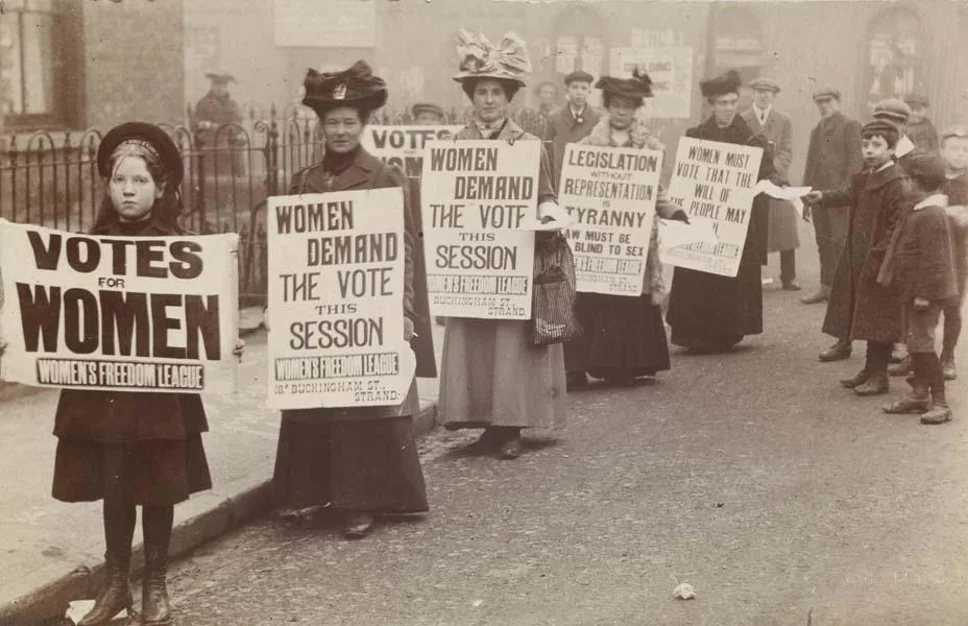
Both Bannerman and Asquith were skeptical for a few reasons. Firstly, on political grounds, groups such as the Pankhursts’s Women’s Social and Political union (WSPU) wanted the vote for propertied women, something disadvantageous to the Liberals. Meanwhile, the Conservatives would have objected to universal female suffrage. Although this would not have been an issue in the post-1906 period, female suffrage was not discussed in Cabinet until 1910 by which time the Tories had closed the gap, with the Liberals losing their majority. The historian Sean Lang has described women’s suffrage as of “secondary importance”, with the government more focused on matters such as House of Lords reform, Irish Home Rule, and rising conflict with Germany.
Moreover, the suffrage movement’s militancy was counter-productive in promoting their cause. Launching into a tirade of window smashing, disturbances, and house burnings, the group served to alienate supporters, even those who had once championed their cause such as Lloyd George and Winston Churchill. Attacks on Asquith may have sealed their denial from their cause, setting back the movement and according to The Globe, thought giving the women the vote would be a “grave political mistake.” By 1912, the WSPU had become utterly repellent and toxic that they had effectively undermined their own goal.
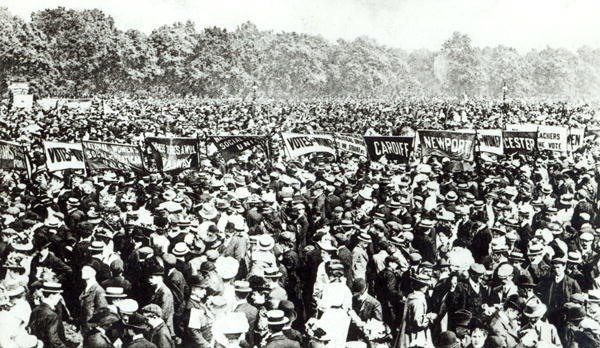
The infamous Emily Davison incident at the 1913 Epsom Derby, seen by some as an act of martyrdom, gave the press further opportunity to point to the suffrage movement as a hysterical campaign led by emotional and temperamental women.
1906 was the first election after which there was an added emphasis on votes for women. In the words of Dr Ian Packer: “This was a harbinger of a question that was to haunt the Edwardian Liberal governments and produce the extended campaign of suffragette violence in 1909-14.”
Ramsay MacDonald; General Election of 1906
The 1906 intake of MPs included various notable future political giants, the biggest of all being Ramsay MacDonald.
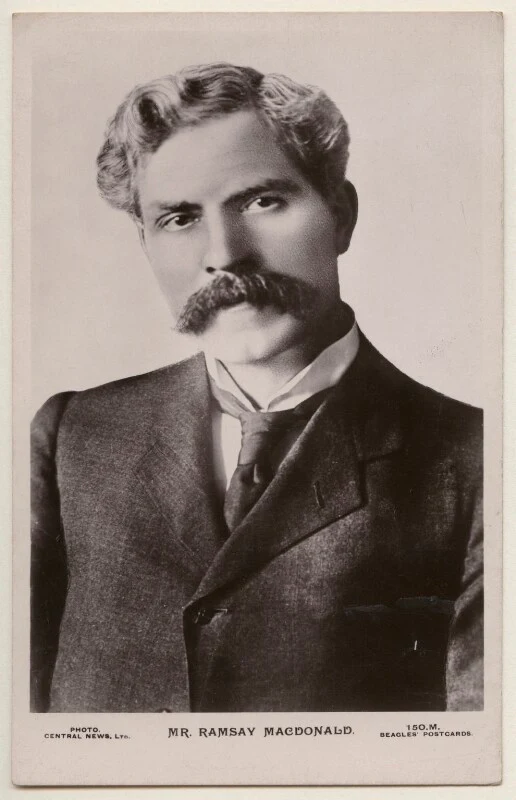
Described later by Clement Attlee as “a great leader” for the party, MacDonald is arguably the most influential figure in the early history of Labour, having won one of the two Leicester seats in 1906 – almost earning as many votes as the Liberal candidate.
In the group’s formative years, he led the Labour Party in its anti-first World War policy and opposition to the newly-emerging Communist Party at a time especially troubling in the wake of the 1917 Red Revolution in Russia. In the words of Kenneth O. Morgan, he symbolised “peace…decency, and social change,” described as “the voice of conscience” in not just the party but in Parliament too.
In 1924, he made history. MacDonald was invited by George V to form a government. Ramsay MacDonald had become the first Labour prime minister as well as the working-class prime minister, something that would have been unthinkable a century beforehand. MacDonald would lead throughout 1924 and later, more infamously 1929-1935 when he joined the National Government in what many saw as a huge betrayal.
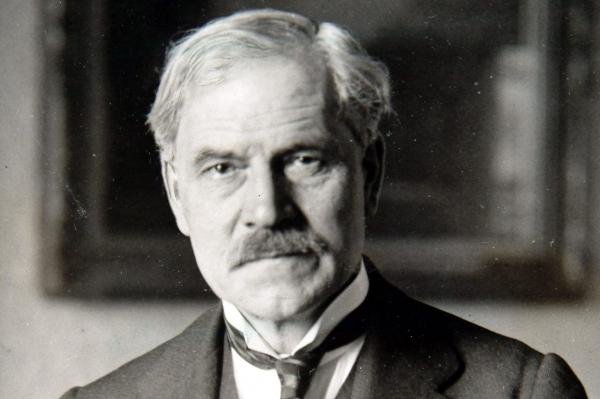
No matter how his career may have ended, MacDonald’s 1906 win was vital to the history of Labour, whom he would be the single biggest representative of over the following decades.
1906 also saw an intake of many Labour MPs who would go on to lead the party such as George Barnes and J.R. Clynes, the latter of whom led the party through the 1922 election in which Labour overtook the Liberals.
Philip Snowden; General Election of 1906
Like MacDonald, Philip Snowden was an important early figure in the Labour movement entering who Parliament in 1906 and like him, too entered the National Government in the 1930s. He won the seat in Blackburn, a modern-day Labour stronghold which has been held by Cabinet ministers Barbara Castle and Jack Straw.
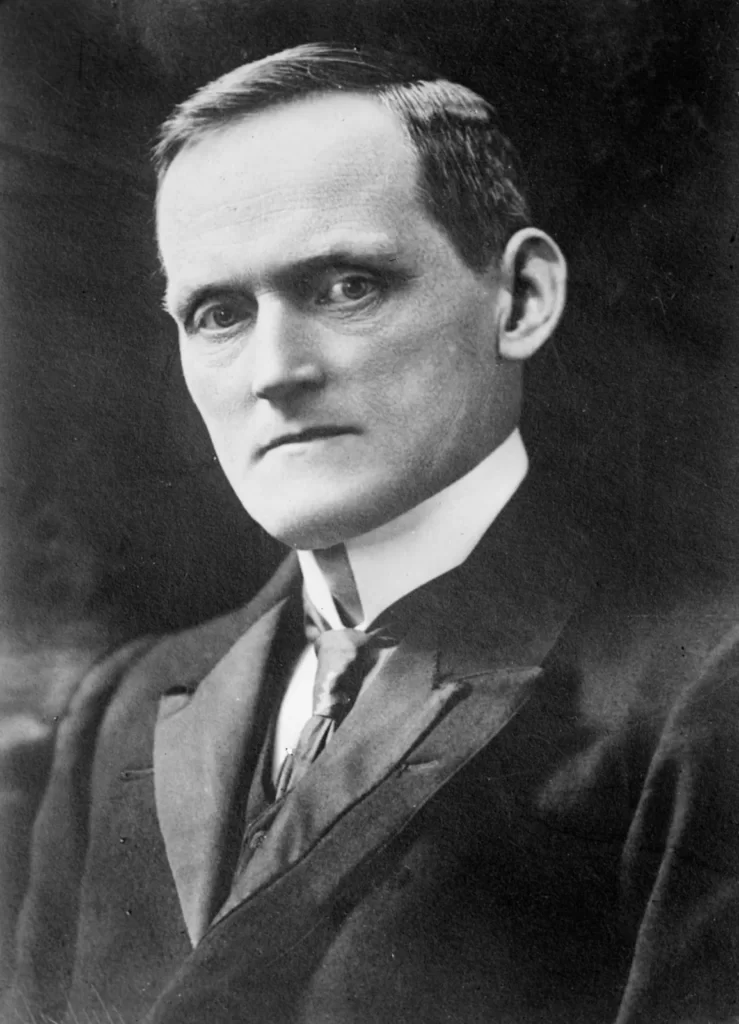
In 1924, when the first Labour government was established, he became the first Labour Chancellor of the Exchequer. Described in the book Resilient Liberalism in Europe’s Political Economy as a “Gladstonian Liberal when it came to public finance,” his policies are not what would be expected of the finance minister of a supposed socialist party, turning his socialism into more practical policies in the post-WW1 years of hardship.
He continued some Conservative policies and even cut taxes, including $38 million in food taxes. He cut tariffs, as a solid believer in free trade, due to his liberal background and upbringing. It can also be argued the lack of radical policies is in part due to the lack of a functional parliamentary majority.
Throughout the 1920s and 1930s, he increasingly turned his back on Labour, turning against what he saw as evolutionary and Bolshevik tendencies, especially during his second tenure as Chancellor amidst the Great Depression. In the end, Britain was not as bad off from the Depression compared to nations such as the USA or Germany.
John Simon; General Election of 1906
Elected as a Liberal in 1906, John Simon would go on to have a notable role in the Cabinets of both World War One and Two as well as the inter-war period.
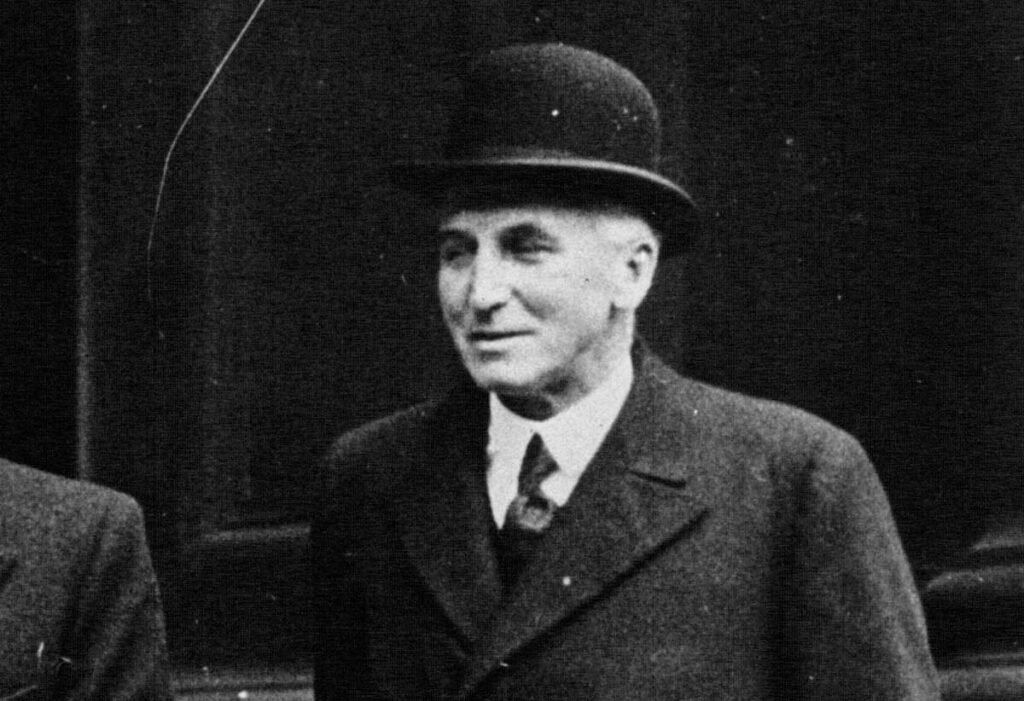
In 1931, in the National Government, Simon was made the Foreign Secretary. Lasting until 1935, this vital position saw Simon oversee the rise of the Nazi state and has been described by historian Keith Laybourn as “one of the initiators of the policy of appeasement” to Germany. He was listed in the book Guilty Men as one of the men responsible for appeasement, a policy that ultimately failed to prevent war.
Facing various opposition, he soon shifted over to the role of Home Secretary, a role he had previously floundered in during a seven-month stint from 1915-1916. Perhaps the most notable domestic event during this tenure was Edward VIII’s 1936 abdication, in which Simon played a big role, including an alleged demand for the General Post Office to intercept the King’s phone calls and preventing false telegrams reaching the United Kingdom.
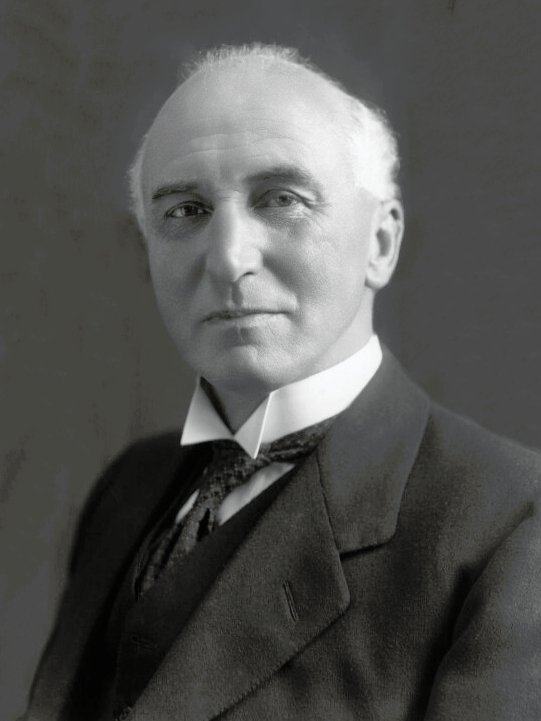
With Chancellor Neville Chamberlain becoming prime minister in 1937, Simon was transferred to the role of Chancellor, a role he kept due to his sycophancy towards Chamberlain. So much so that Roy Jenkins notes how by 1937, Simon was the public second-man of the government whilst he was favoured by some as a future prime minister. He was the Chancellor at the outbreak of WW2, with public expenditure tripling 1938-1940 from £1,000 million in to £2,700 million.
Another notable contribution was his call in forcing Chamberlain’s hand in the 1939 ultimatum. After the invasion of Poland, Simon told the PM to declare war immediately, with A.J.P. Taylor noting: “the man who had been on the point of resigning in protest against the first World War gave the final push into the second.”
1906 thus saw the appointment of one of the most significant political figures over the next 40 years of British history.
*Other notable names winning their seat in 1906 include Joseph Devlin (an Irish MP and the future leader of the Nationalist Party after the Irish Parliamentary Party folded), George Cave (a future Liberal Home Secretary and vital voice in the Representation of the People Act 1918 which offered universal suffrage), and William Benn (a Liberal-turned-Labour MP, the father of the highly significant Tony Benn and grandfather of current MP Hillary Benn).
Epilogue; General Election of 1906
When it comes to electoral landslides, in the words of The Times in 1997, “the real benchmark is 1906.” Indeed, the Liberal comeback from 1900 to 1906 is one of the most miraculous turnarounds in electoral history as the party more than doubled its seats.
It is probably fairer to say that the 1906 election was lost by the Conservatives rather than won by the Liberals as a perfect storm of controversy, fear, and division had turned many citizens against the party that had dominated British politics for over a decade.
Now, a Liberal government could commence and start to employ social reforms in the nation, leading the way in welfare and constitutional reform up to the first World War, which would go on to later influence post-second World War Britain in the construction of the NHS and the second Parliament Act in 1949.
1906 was a watershed year for another reason wholly unpredictable at the time: the decline of the Liberals. Although winning a momentous majority in 1906, it would be the last ever majority for a Liberal government and hence has been described by David Brooks as the “last great rally of 19th century Liberalism.”
To conclude, the legacy of 1906 will, perhaps paradoxically, be both the highlight of Liberal Party success and the start of a fall from parliamentary power grace, with Labour waiting in the shadows, ready to become a new major force in British politics over the following century.
GRIFFIN KAYE


